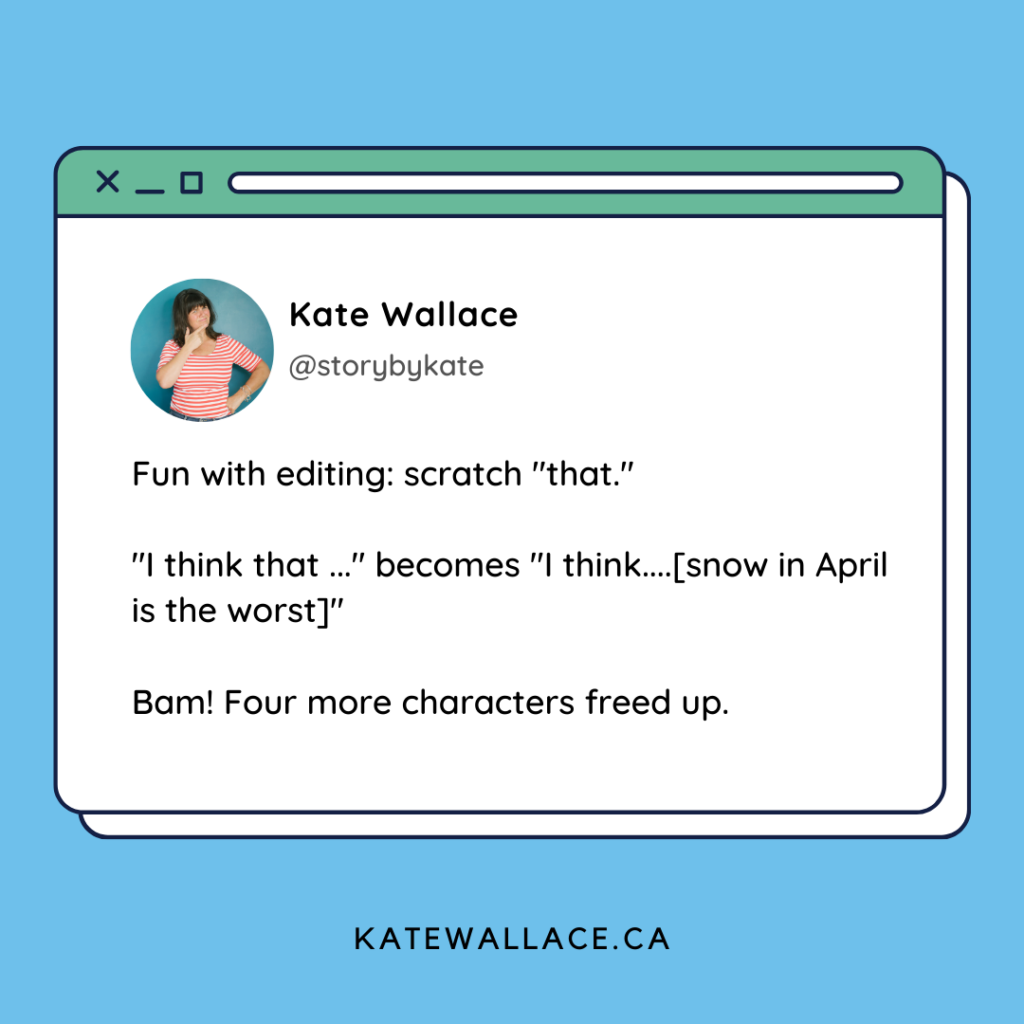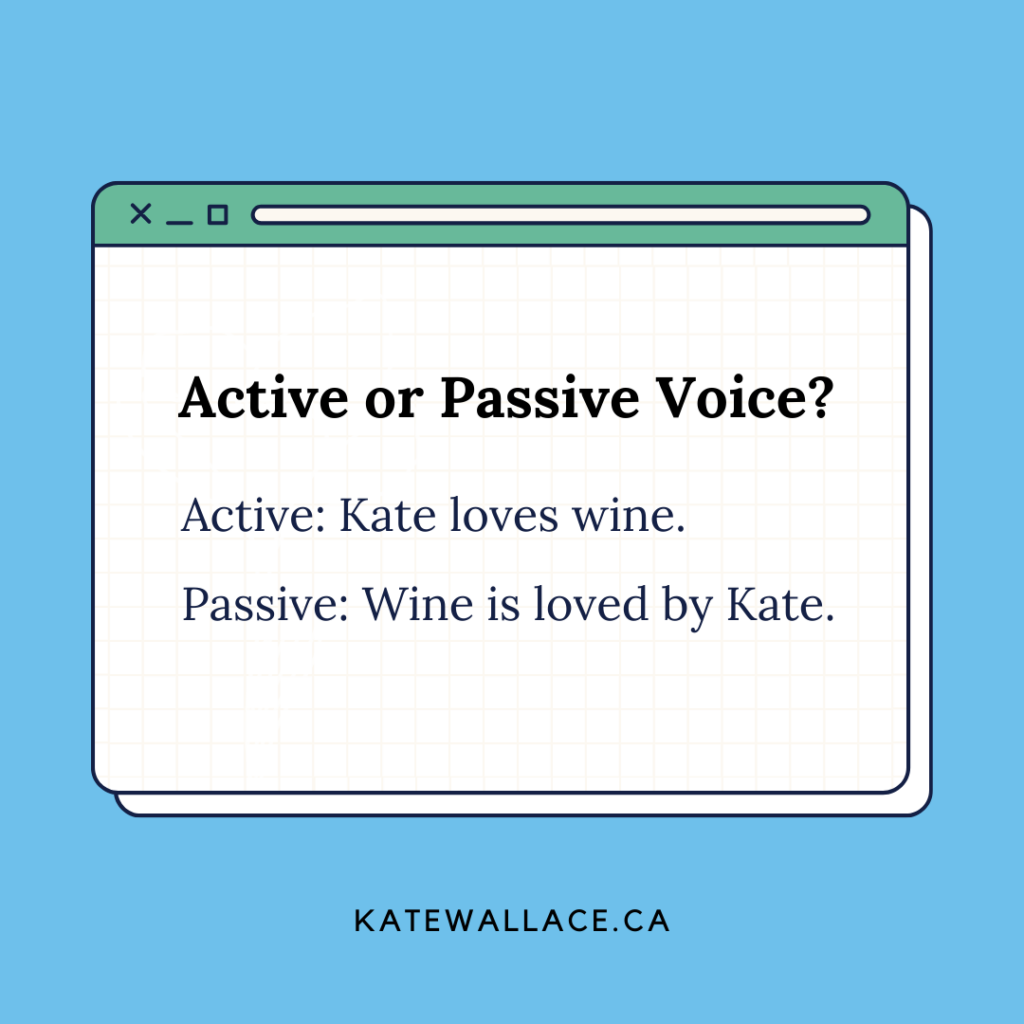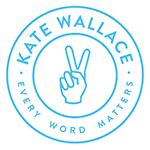“To err is human; to edit, divine.”
Grammarly gives me this encouraging message when I’ve worked through all its suggested changes on a document, and it always makes me feel good. Maybe not divine-good, but, you know, good-good.
Editing is knotty, so I’ll take encouragement anywhere I can get it, even from my spell-check app. (We’re very close).
Editing is also necessary. It’s half, or more, of writing.
writing & editing is like making a great dinner:
- The research and discovery phase is grocery shopping for raw ingredients.
- The writing is your prepping and cooking, your technique.
- And the editing is the seasoning and garnishing that bring it all to life.
As if writing wasn’t tough enough on its own. Now you’ve got more work? I get it. But I promise, with a bit of practice, editing can become fun. There’s a deep satisfaction in converting a bloated, awkward sentence into a lean, precise phrase. Or, even better, realizing you didn’t need it at all. Strikethrough!

When I’m rolling on an edit, I feel like Edward Scissorhands, slicing through the clutter of the world, working a plain old hedge into a work of art.
That’s editing: word topiary.
I’ve broken down my editing process into 10 lean steps to get you from the first draft—don’t worry if it sucks, it’s supposed to—to a piece of writing you’re proud to publish.
1. A day of rest
You want to get a little distance, almost a dissociation, from your work. A day’s break is great. Write today and edit tomorrow with fresh eyes.
2. Print it out
Many more typos and problems jump out on a hard copy than from editing on a screen. I know this may sound old-school, but trust me, it helps.
3. Run spell check
Use those machines before they take over! I’ve been known to run drafts through up to three spell checks (Google Docs, Word and, my favourite, Grammarly) because—and this amazes me—they all flag different potential problems.
4. Read it out loud
You might want to close your office door for this step, it can feel a little goofy. But don’t skip it.
If your copy is hard to say, it’s going to also be hard to read. Mark up the spots where you stumble or run out of breath. They need to be shorter or more precise.
As the great American writer Susan Orlean says, “When you read aloud, extraneous material falls away.”
5. Keep it simple
I came across this mouthful the other day: “We use our industry-leading test automation platform that codifies our extensive experience to drive certification results for speed, thoroughness and quality that previously had not been possible.”
Whew! I need a nap.
Short phrases are easier to read and more impactful. A simple noun + verb construction in the active, present tense is a beautiful thing.

6. Trim the fat
Question every word. Is it redundant? Implied? Necessary? I’ve been Tweeting minor edits as I make them lately, and it’s my idea of a good time.
A recent example: editing “as a result of” to “due to.” That’s four words to two. Fourteen characters to six. That’s gaining valuable copy real estate for better words.
A few other recent tightening tips:
- “Currently” is usually redundant, as present tense is typically implied. Delete!
- “If you’re feeling like you’re not sure…” becomes “If you’re not sure…”
- Replace “as a way to” or “in order to” with “to.”
- Strike that redundancy! “lag behind” became “lag.”
- Replace “the way that” with “how.”
Fun times, right?
For more on decluttering your copy, including junk words that weaken your brand, check out this recent post. Also, see this one on clichés and why they’re the worst.
7. Clarity over Cuteness
I love wordplay. Puns, double entendres, allusions.
When I worked as an arts reporter, I’d propose what I thought were hilarious or brilliant headlines that no one else understood. Instead, my editors would write direct, clear headlines that told the reader what the damn piece was about.
And they were (grumble, grumble) right.
8. Stay Active
There are two voices in grammar: active and passive. Writers favour the former because it’s stronger, more direct. But what the heck is it? Here’s an example:
- Active: Kate loves wine.
- Passive: Wine is loved by Kate.
In each example, you have the subject (Kate), the action (to love), and the object (wine). In the active voice, it’s subject + verb + object.

But in passive voice, the verb acts on the subject, creating unnecessary verbiage and distance. A couple of clues to help you spot passive voice. First, it uses a conjugation of the verb “to be” (is) plus the verb’s past participle (loved). And it usually creates a preposition as well (by).
Passive voice isn’t always bad; just aim for primarily active.
9. Format
Held your reader out with headings and subheadings to act as signposts. Go for short paragraphs with lots of air. Use bullet points, lists, line breaks and bolded key messages or quotes to break up a wall of text, making it digestible and skimmable.
10. Trust Your Audience
The sweet spot in editing is figuring out what your reader knows and what you need to tell them. A lot can be implied. What needs to be explicit? And what can you leave out?
Once you’re comfortable with editing, the next step is getting in the habit of doing it again and again. As your brand voice becomes more consistent and your business grows over time, cast a discerning eye over your content every few months to polish and update.
Did I miss any important editing tips? Comment below with your favourite (or most painful) part of the editing process!


